In April of last year, businesses across the country were in the throes of closing their physical stores, facing uncertainty around COVID-19's impact on sales and profitability. Now, with vaccine distribution rolling out across the nation, many states are allowing stores to return to a full capacity. As of April 2021, the U.S. has administered 150 million COVID-19 vaccine doses, signaling a retail recovery.
One year later, standard messaging around COVID-19 prevention measures – such as social distancing and sanitation processes – is no longer enough. Shoppers are looking for permanent changes in a company's practices. As retailers prepare stores for the rest of the year and welcome eager shoppers, technology should be at the forefront of their plans.
Implement contactless POS
Even before the pandemic, waiting in line to checkout was one of the largest pain points for physical retail. Now, consumers are opting for more seamless and faster payment methods. As a result, credit cards and mobile devices have become a common sanitary, no-touch payment option for consumers.
In response, retailers needed to modernize their POS even further to make it fully contactless. Consider the friction in this scenario: a consumer inserts their card or uses tap-and-pay, but then still has to use a pin pad to complete the transaction. The full experience is simply not contactless. Retailers must update their processes as quickly as consumers are changing behavior.
Regarding payments trends, Forrester analyst Lily Varon recently noted in Retail Dive that, "evolution from both the merchant and customer side picked up pace to evolve with changing market conditions."
In fact, a report by FIS projects that by 2024, cash will account for less than 10% of in-store payments in the U.S. Any retailer that is not catering to consumers' new needs for contactless options at the POS will be at a competitive disadvantage.
Establish electronic receipts
Imagine setting up a contactless POS journey, but then, at the very last step, the shopper is handed a paper receipt, creating unnecessary friction. Electronic receipts in the form of email or a mobile message can streamline the entire checkout processes. In addition, electronic receipts can provide a touchpoint to drive loyalty. For example, a receipt can include a promotion, or an opt-in confirmation to drive continued email communications.
Transitioning from paper to electronic receipts turns the point of purchase into an omnichannel experience, extending a consumer's interaction beyond the physical store.
Utilize mobile solutions
Similar to electronic receipts, mobile devices should be utilized as an engagement tool, as they are a direct link to customers. With vaccine distribution underway, more shoppers are returning to physical stores, but are limiting their time spent browsing - whether that's locating an item on the shelf, trying on clothes or asking for an associate's assistance.
With a mobile customer platform, retailers can service their customers from afar. For example, QR codes can promptly contactless checkout, and a mobile app can provide the functionality to locate a nearby store, order ahead or create shopping lists.
Advanced mobile solutions can also inform shoppers about new promotions, coupons or loyalty actions directly on their smartphone. This strengthens long-term loyalty for a brand and offers a personalized shopping experience.
Empower customers to control their retail expereince
As the population continues to become vaccinated, brick-and-mortar stores should be focused on making shoppers comfortable in a physical space, as well as providing them the tools to self-serve with speed and efficiency.
Our OmniPOS and Mobile Consumer Assistant solutions can help you meet the demands of the shoppers of both today and tomorrow.

